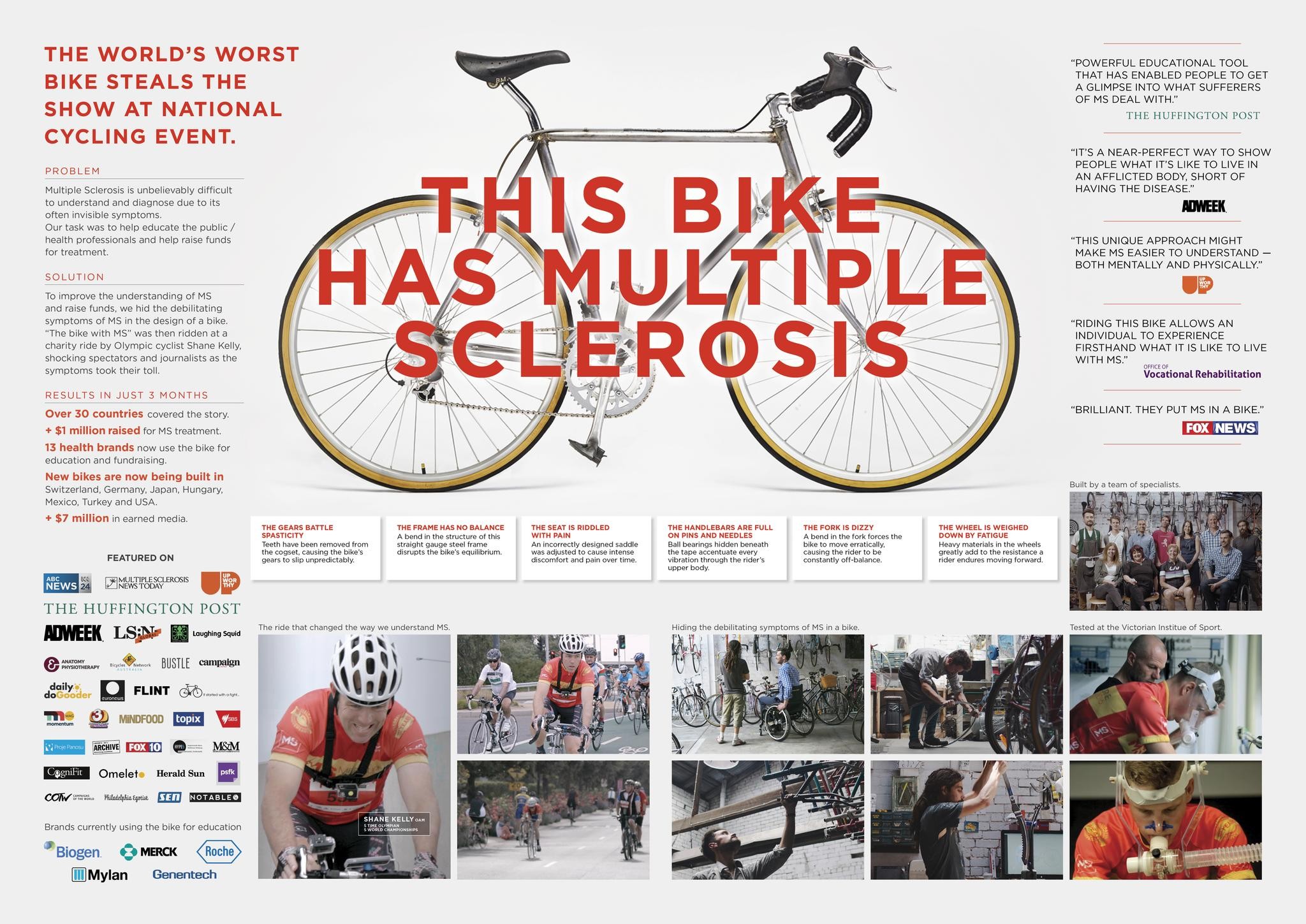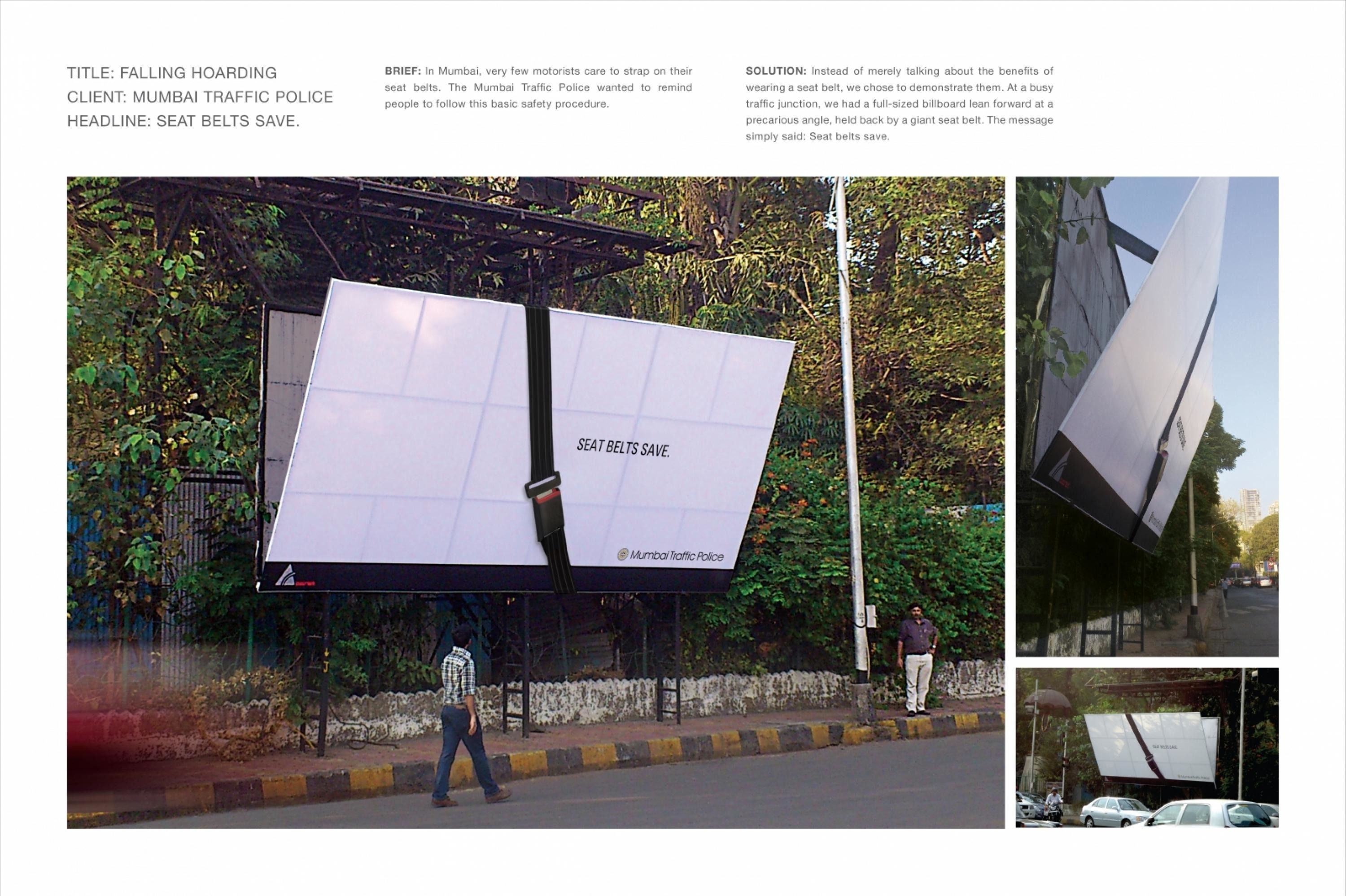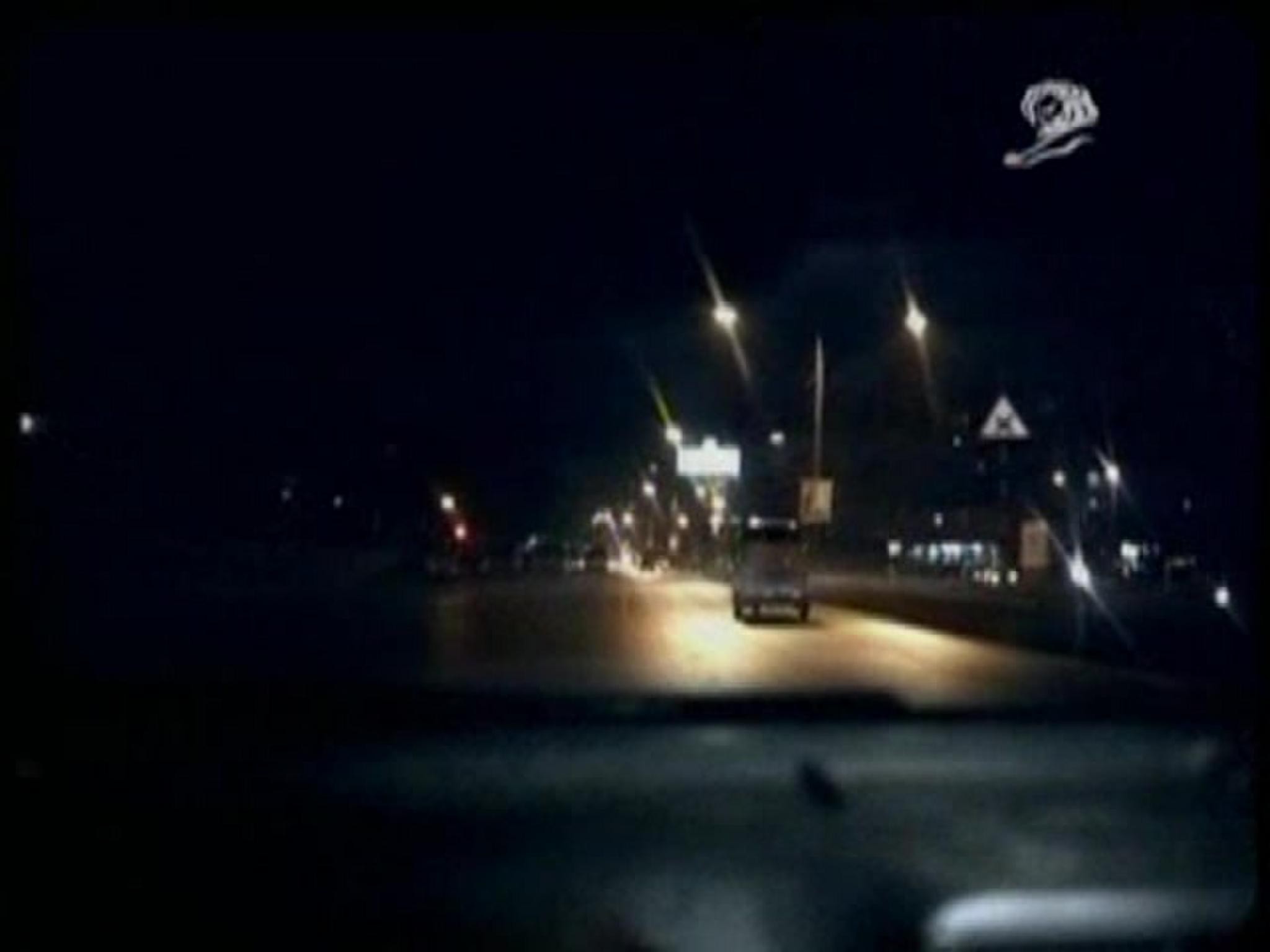Spikes Asia
The Punishing Signal
LODESTAR UM, Mumbai / MUMBAI POLICE / 2021
Awards:

Overview
Entries
Credits
Overview
Background
Excessive honking on the roads in Mumbai results in severe noise pollution. It is estimated that nearly 70% of noise pollution on Mumbai’s roads is caused by excessive honking of car horns.
Pressing the horn had become an involuntary habit for many commuters. Drivers assumed that by pressing the horn, it would clear the way, irrespective of what is in front of them. And their impatience and reckless behavior continued even during heavy traffic situations, in anticipation that someone may come ahead of them while they were speeding or most notably at traffic junctions that include functioning traffic signals.
We had to make drivers realize that recklessly abusing the horn was not a proper solution. They had to learn patience and wait while traffic could move along naturally. But this would involve changing a ‘social behavior’ that had become second nature to most drivers over the years!
Strategy
We conceived an innovative tech-based idea, “The Punishing Signal” – the more you’d honk, the longer you and all others would have to wait at the traffic light.
We discussed the idea with Mumbai’s police commissioner, and he loved it. Punishing signals would be an experiential learning with punishment and reward built-in creating immediate change in individual and collective behaviour.
Together with the Mumbai police, we identified several heavy traffic junctions/crossroads that experienced intense honking and installed sensors and decibel meters at the traffic signals.
These sound sensors and decibel meters were attached to the signal lights which changed based on the sound decibel level. The trigger that changed traffic lights from “Stop” to “Go” was linked to the decibel meters: when the sound level crossed 85 dB, the signal would reset. The more you honked, the higher the noise dB, and the longer you’d wait at a red light.
Execution
Traffic signals were recreated as Punishing Signals at several heavy traffic points, CSMT, Marine Drive, Peddar Road, Hindamata and Bandra West etc. When honking crossed 85 dB, the countdown timer at the signal would reset, which made impatient motorists wait longer. While they waited, interactive OOH displays linked to the signal pushed messages LIVE, highlighting their bad behavior with a wink and a smile. If they wanted the signal to turn green, they’d need to exercise restraint from honking. Thus, the traffic signal had now become the punishing signal… the medium had become the message.
It was a massive logistics exercise, which involved making built-in circuit changes in the automated signalling systems, with signal switching being linked to the sound sensors and the noise decibel levels.
A huge set of multi discplinary team carefully planned to avoid causing long jams and traffic disruption on the roads.
Outcome
Mumbai Police assessed the average honking dBs at the Punishing Signals a week before and a month after roll-out and found a decrease of 32%. P Ashok (Mumbai Police officer) announced on CNN a further roll-out in 10 additional locations, and then to the entire traffic system in the city.
The news spread like wildfire and the Punishing Signal was adopted in many cities. The leading newspaper Times of India (ToI) reported KTR Rao (Telangana Minister) and Police Head announcing a roll-out in their city Hyderabad; identifying 16 locations. B Rao (City Police Commissioner) also announced punishing signals across Bengaluru city. District Collector LK Jatav announced implementation in Indore city, so it becomes the “Silent City.”
Excessive honking had a disruptive influence on citizens’ physical & mental health. After many attempts to curb it, Mumbai Police did what fines couldn’t. They changed behaviour with a sense of humour and humanity
Similar Campaigns
12 items





